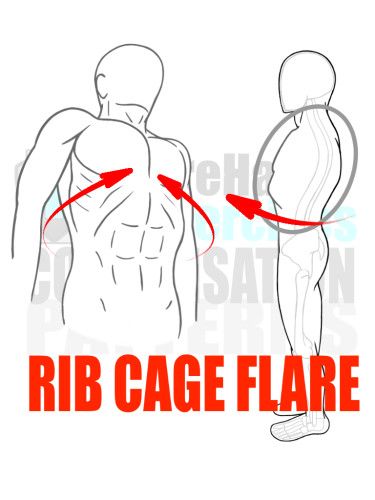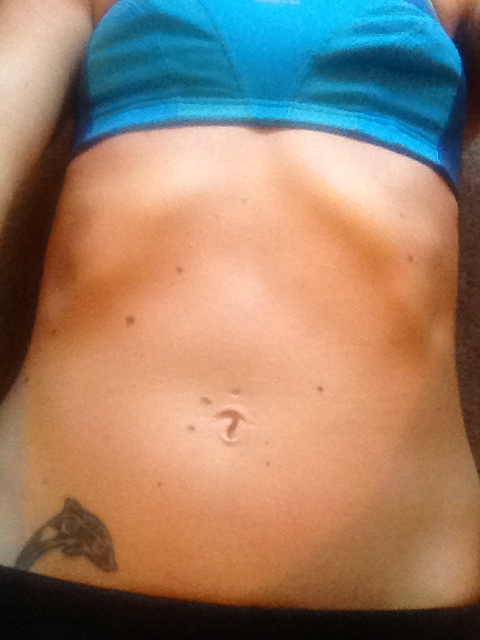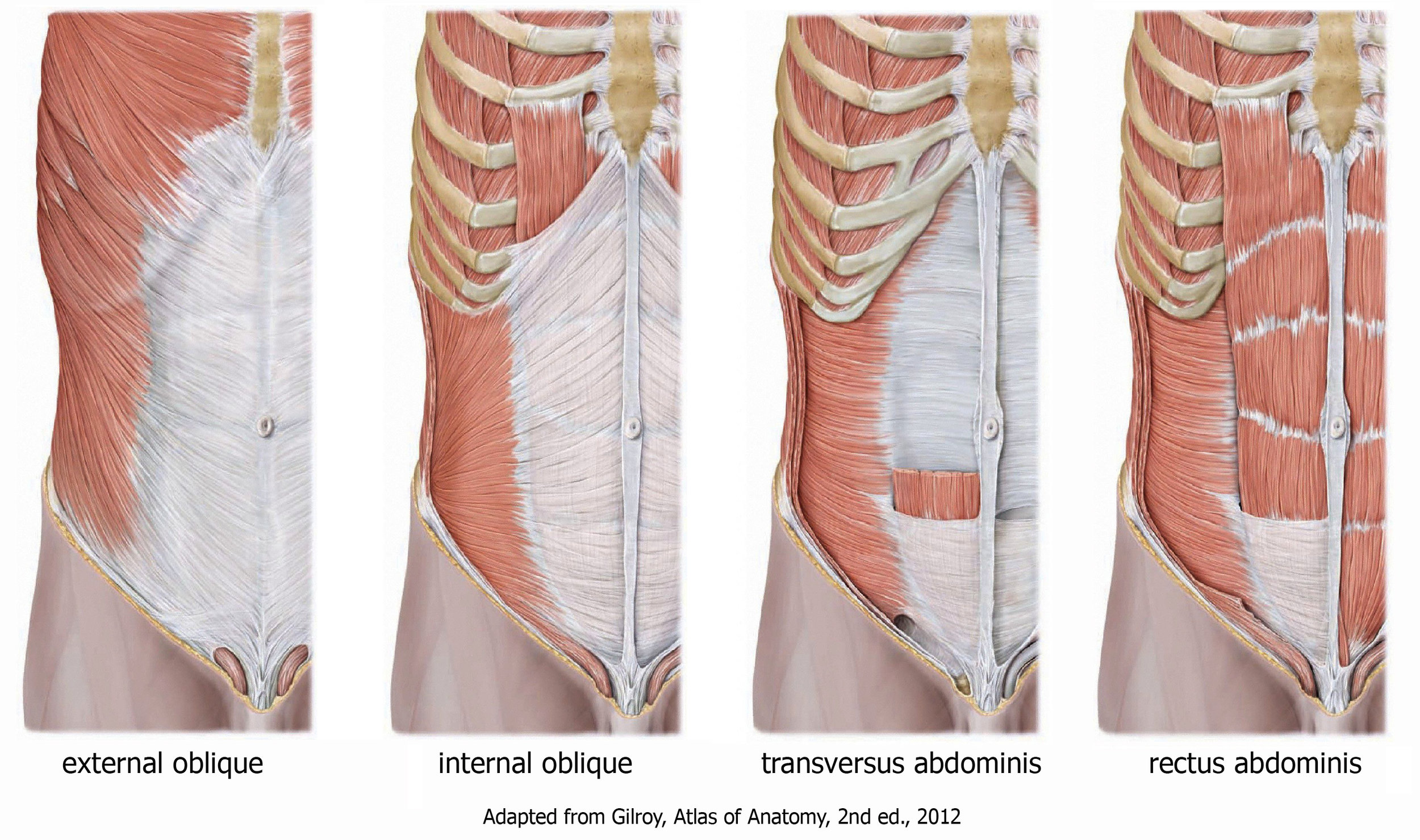Image from bodybuilding.com
There’s a great article on Bodybuilding.com entitled How To Breathe When Working Out And Running! I wanted to share it with you all it gives some great, concise information. I love how to emphasize the importance of breathing during every type of exercise. However, I wanted to give a little more information or my thoughts on some of the topics in the article.
First, most of our patients are not performing dead lifts, therefore, I DO NOT RECOMMEND using the valsalva maneuver at all. This is a tool that can be helpful as they described, but only during certain activities and only with proper training. I want to be sure that anyone who reads the article does not think it’s appropriate to performing the maneuver when lifting lighter loads like an overhead press, leg press, or something similar. As the author writes in the article, it is appropriate to exhale slowly through pursed lips during the lifting portion of those activities.
Breathing out through pursed lips is a great technique as it creates more resistance to an exhale and effectively makes you work harder to breathe out. This sets you up to more effectively use your abs (specifically your internal obliques and transverse abdominis) when exhaling. When we exhale with these muscles, our diaphragm is in prime position to be utilized during the next inhalation. This leads to more effective inhalation, better oxygenation, and less overflow into our lower back and/or neck muscles to help us get air in quickly.
Second, the author describes that as we exhale our ribcages shrink. This should be, but isn’t always, the case. Depending on what exercise we are doing and what position we are in, we may not allow our lower ribs in the front to fully collapse or drop down during an inhalation. When this is the case, our diaphragm is not in a good position for our next inhale and we will compensate to get air in. This can lead to shortness of breath, poor endurance, fatigue/pain at the neck or lower back, and other problems.
When you position yourself in a supine position (lying on your back), try to keep your lower back as close to the floor as you can get it. Use your abs to pull your lower ribs toward the floor and flatten your back. Try to keep your lower back as close to the floor as possible during your activities WHILE BREATHING. If you are on a bench doing chest work, you may need to keep your feet up on the bench with you. If you need or choose to put them on the floor, be aware that it will be much more challenging to keep your abs engaged and your lower back in a safe position during your activity. Be sure to exhale through pursed lips and drop those ribs toward the floor/bench as you lift.
Lastly, I love the idea of paced breathing with cardiovascular work. I simply want to mention that just because the author suggested breathing in for 3-4 stairs as well as out for 3-4 stairs does not mean that it is a good pace for your individual body. Because you are doing cardiovascular work, expect to be slightly short of breath during that activity, but please alter your pace if it feels like you are starved for air or that you’re panting. Also, recognize that your pace will change from day to day. If you go into your work out feeling well energized and motivated, you may notice that you are able to ascend/descend 4-5 stairs during a breath without much effort. However, you may feel sluggish at your next work out and notice that you are starving for air at 5 stairs. No problem! Slightly increase your pace of breathing so that you are comfortable again. Listen to your body and react accordingly.
Just be sure that, no matter what you’re doing with only a few exceptions, never stop breathing and breathe at a rate that feels comfortable to you!
Written by Lesley Callaham, MPT, PRC on January 22, 2019









